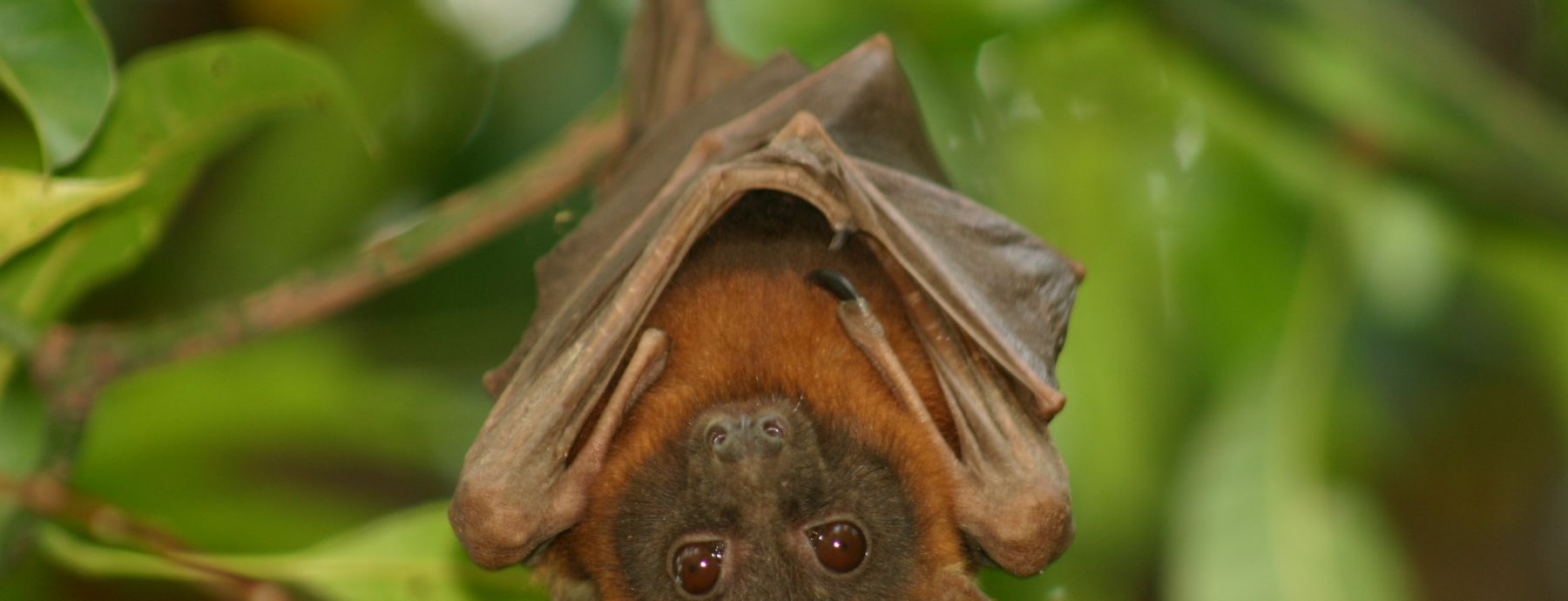Hendra virus is a virus of the family paramyxoviridae that causes respiratory and/or neurological symptoms and death in both horses and humans. This virus is transmitted to horses, which can then transmit it to humans, by the Australian Pteropus bat, also known as a fruit bat or flying fox. This highly infectious and deadly pathogen is responsible for 32 outbreaks in Australia, of which 17 have occurred between July and October 2011, making it a current and highly relevant pathogen to study.
In collaboration with scientists from California and Australia, CIDD post-doctoral fellow Raina Plowright used both data and mathematical modeling to study Hendra virus emergence in Australia between 1994 and 2010. First, the authors found that flying foxes displayed decreased migration in addition to increased residence in urban areas where they have greater interaction with humans and horses, and therefore higher probability of Hendra virus transmission. Additionally, this observation was predicted to lead to more intense Hendra virus outbreaks. These scientists also found that stressors, such as waning maternal immunity, can have a significant impact on the incidence of Hendra virus outbreaks annually.
Overall, this research highlights the transmission dynamics of this lethal viral infection. As the authors suggest that human-driven environmental changes can result in more severe Hendra virus outbreaks, it is important for additional field data to be collected so as to help gain a greater understanding of how transmission of this virus may be prevented in the future.
Synopsis written by Alexia Karanikas.
Written By: Plowright RK, Foley P, Field HE, Dobson AP, Foley JE, Eby P, & Daszak P
Paper Url: http://rspb.royalsocietypublishing.org/content/early/2011/05/06/rspb.2011.0522.abstract
Paper Id: 10.1098/rspb.2011.0522
